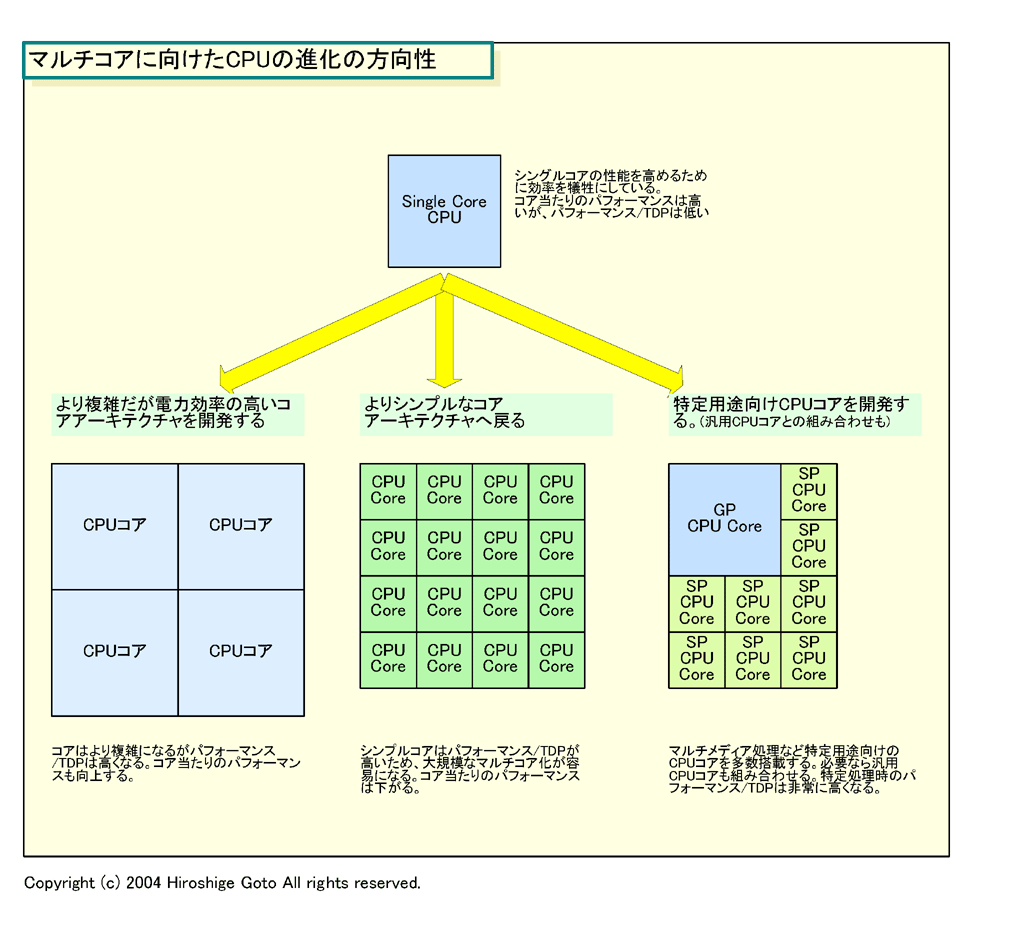IMHO, if they can't achieve that with CELL 1.0, then the architecture is just a glorified PS2 EE that uses distributed processing. The main addition would be for the VU equivalent S|APUs to work independantly. Don't get me wrong, this is still not bad, it's just a natural progression of tech. But it's not the vision laid out in the patents.
Yes, CELL 2.0 being the full vision of the patents and more of course (the road does not stop there).
I am not saying that CELL 2.0 is a new ISA, a totally different road.
Think CELL 1.0 as being the implementation of CELL as you will see in the WorkStation and in PlayStation 3 and CELL 2.0 to be a later implementation.
Like Treebeard would say, don't be so hasty master Hobbit

.
The vision laid out in the patents was natural progression of existing technologies and ideas that have been theorized 10-15 or even 20 years ago in laboratory environments.
I disagree with saying that Sony did not try to experiment how you could build an entire system made of CELL ICs and few sections of custom logic/small dedicated ICs, but Sony/SCE is in the business of making of PlayStation 3 and the CELL WorkStations the best possible products they can make, not proofs of concepts.
On this I agree with V3, Sony/SCE does not make money prooving the a concept lke "use CELL for everything" works in a high volume machine if this means monumental losses.
This does not mean the architecture is not good: wait to see CELL based products like hopefully some renderfarms.
Maybe some customer will ask IBM and Sony to deliver a new renderfarm and toolset chain or maybe Sony ImageWorks itself willl ask for a few million dollars worth of a system and with that kind of budget they might decide to push CELL far enough to allow for something like the full Broadband Engine and its Visualizer chip.
I believe we will see that once Sony/SCE starts PlayStation 4 R&D, just like we saw the GSCube-32 and GSCube-64 machines.
I know on the VS/PS level ATI are looking at identical units but NV are differing on those being specialised. But this should not stop VS threads running on PS units and PS threads running on VS units.
It does as it would be really inefficient: your example of PS threads running on VS units is exactly what nVIDIA says they do not want right now as the unit would not be used optimally at all.
PC,
[CPU]<=>[VS<=>PS]
PS3,
[CELL]<=>[PS]
In order to share data and wor together the CELL CPU and the nVIDIA GPU do not need to run the same code, run the same Apulets: they just need to agee on what kind of interfaces you use to communicate between the two. More like a "you know if I leave this quad-word here that it is a Vertex because blah+blah is written at memory location blah-blah-blah, etc...".

